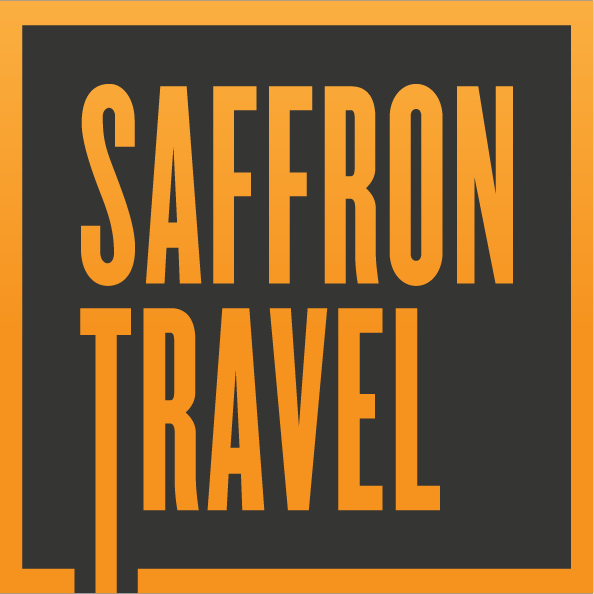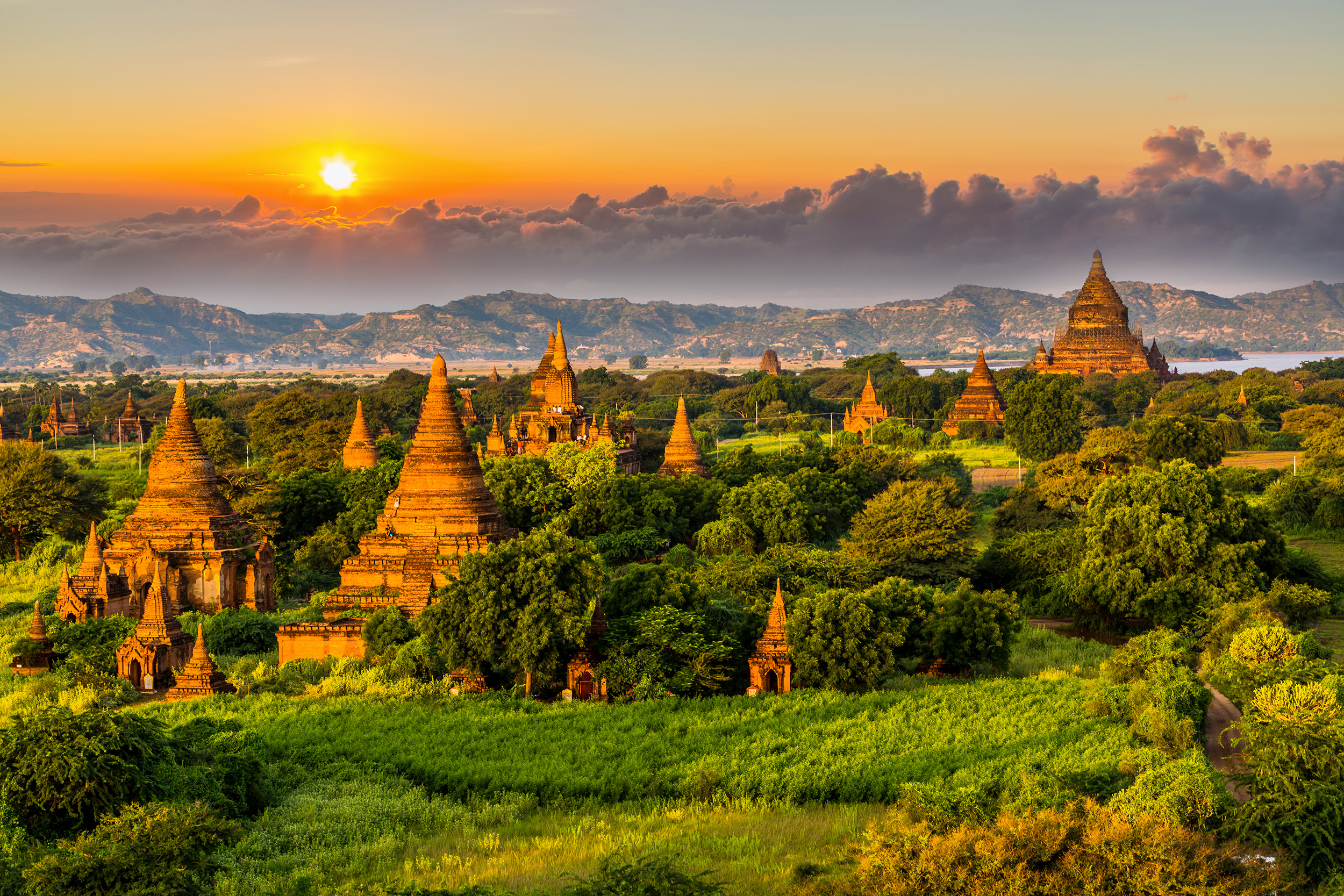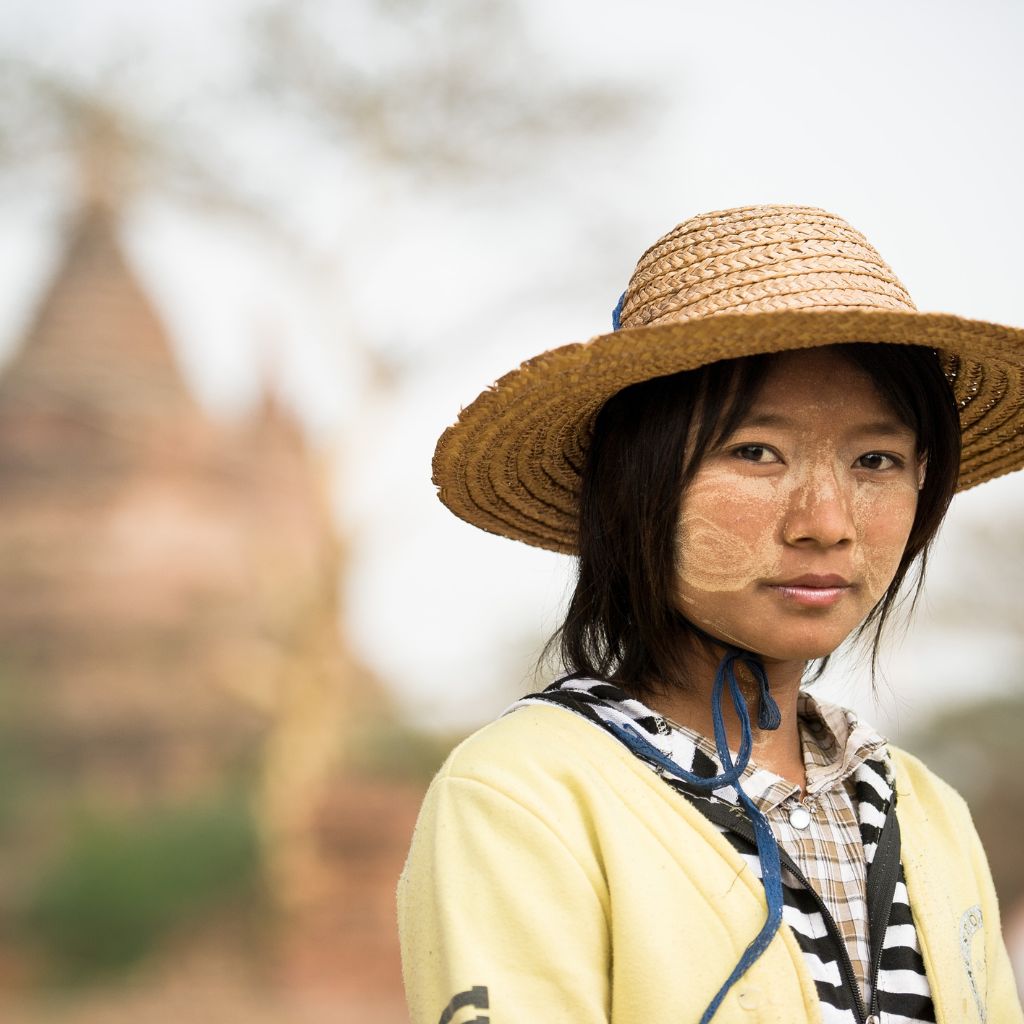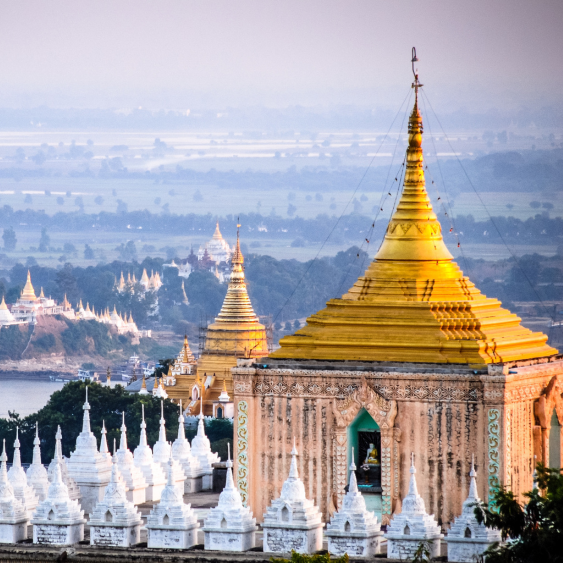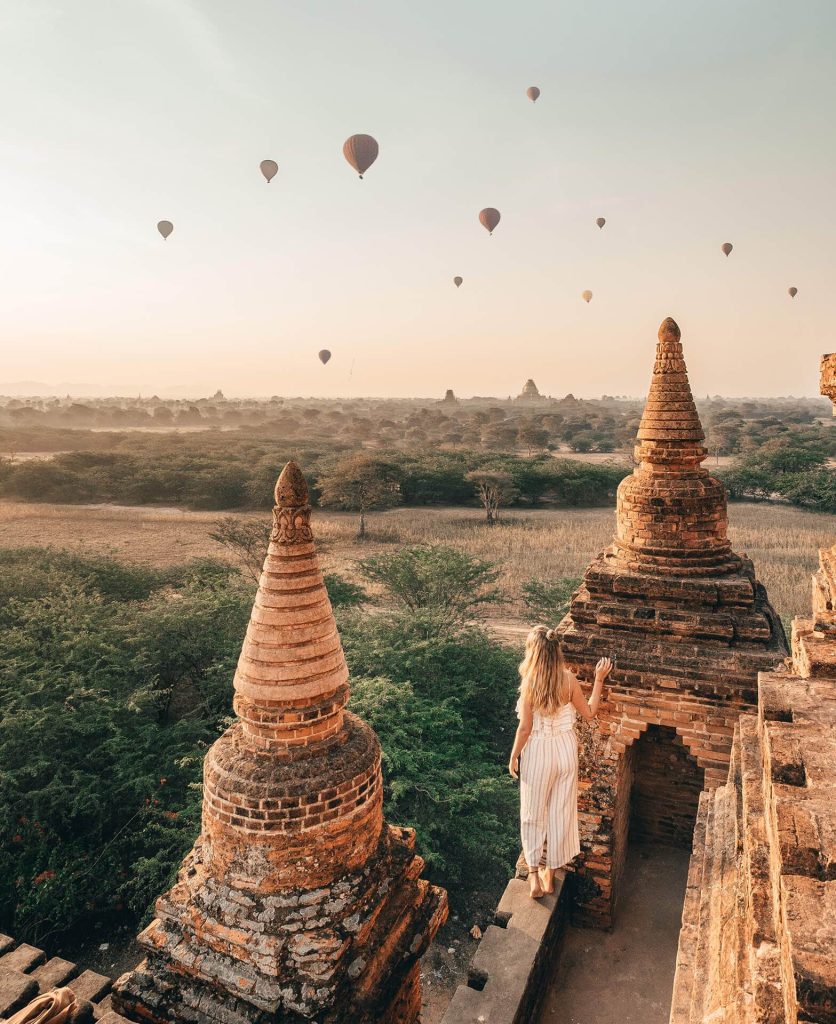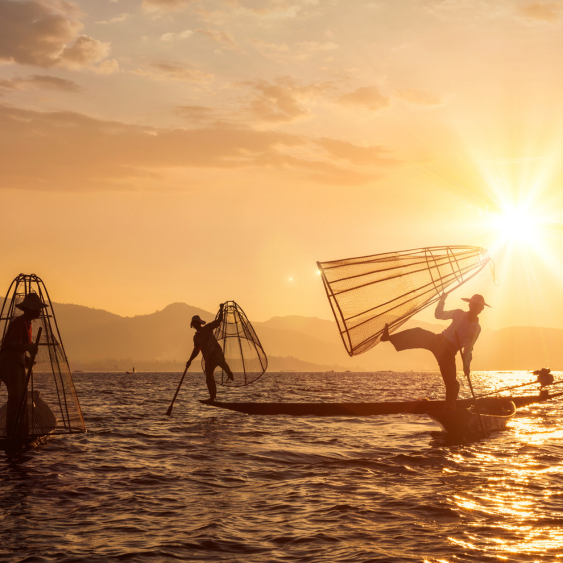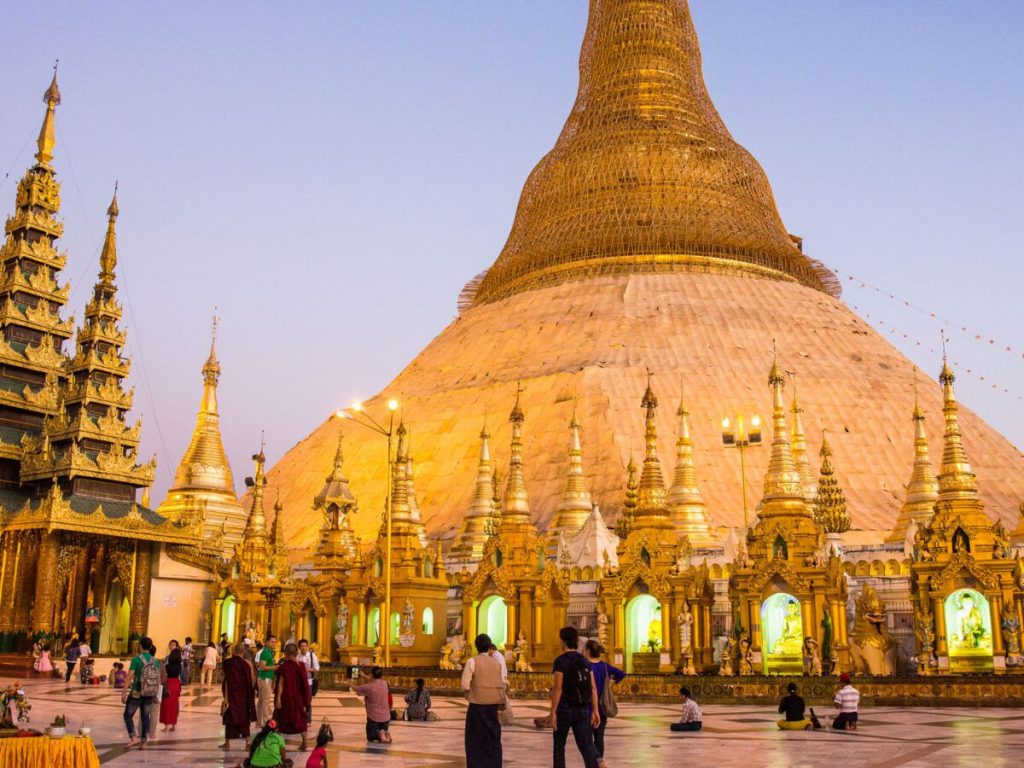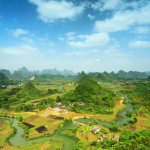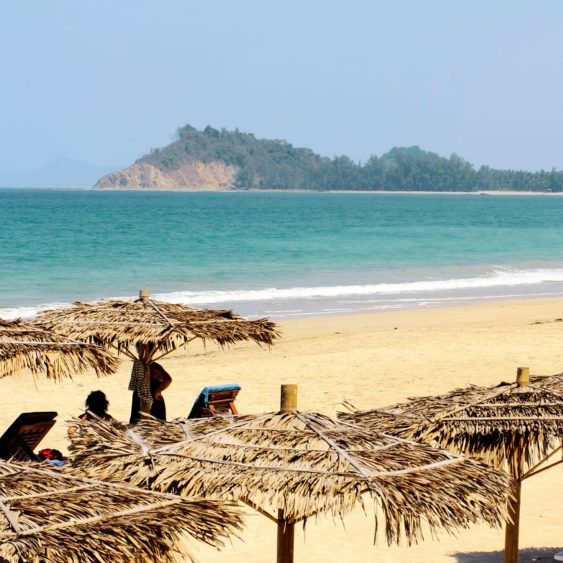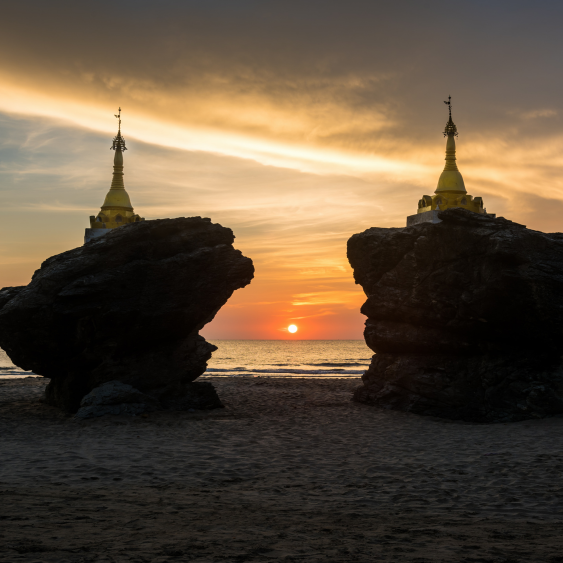
CAPITAL CITY
The capital city of Myanmar is Naypyidaw.
SIZE
Inland area: 678,500 Km2
Myanmar is the largest country in South-East Asia.
GEOGRAPHICAL SITUATION
Myanmar is located in the Gulf Of Bengal, bordered by Thailand to the west, Laos and China to the northeast and India and Bangladesh to the northwest.
The southern part of the country is flat, fed by many rivers including the largest one – the Irrawaddy – which rises in the Himalayas, flows through spectacular gorges, tropical jungles and terraced paddy fields and finally to the Ocean.
The Irrawaddy is the heartbeat of Myanmar and is the most viable means of access to many of the country’s attractions.
POPULATION
Myanmar has 54.38 million inhabitants with an average density of 70,7 inhabitants/km2. 68% of the population is Burmese, 9% Shan, 7% Karen, 4% Rakhine, 3% Chinese, 2% Mon and 2% Indian. Ethnic minorities make up the rest of the population of Myanmar.
LANGUAGE
There are more than 100 ethnic groups in Myanmar, all with their own language or dialect, tradition and culture. The majority of the population speak Burmese/Myanmar, the official language. English is widely spoken. However, communication and the understanding of local traditions can be a challenge beyond the major cities. The presence of a guide able to speak several languages is therefore highly recommended.
CURRENCY
The official currency is the Kyat (MMK) but US dollars are accepted everywhere. Current notes are: ks 1000, 5000, 500, 200, 100, 50, 20, 10 and 5 bank notes.
At the time of writing the exchange rate is US$ 1 = 2102 Kyat, 1 Euro = 2303 Kyat (2023).
Please be aware that our team will be able to help you to change your money at a proper rate.
Due to financial sanctions, credit cards and Travellers cheques are not accepted.
We therefore recommend all tourists visiting Myanmar to bring cash in US dollars as it is currently the only accepted foreign currency. Bank notes must be new, not folded and with no.
CLIMATE
The best time of year to visit Myanmar is from mid-October to the beginning of March. At this time, the climate is mild and dry. Temperatures can however be very low at high altitude and especially at night. This is the case around Inle Lake for example.
The hottest time of year is from March to mid-May and the rainy season lasts from mid-May to the beginning of October. We would suggest you avoid the months of May and June, which are hot and humid. In July, August and September, the humidity is generally high in Yangon. It is less so in the northern regions (Bagan, Mandalay and Inle Lake).
LOCAL TIME
Myanmar is 6 hours 30 minutes ahead of the Greenwich Mean Time.
ELECTRICITY
In Myanmar the «standard» electrical current is 220V, but sockets are not always standard. It is highly recommended that you take an international adapter with you.
Due to its limited power supply, the country suffers from frequent power cuts – and voltage surges, but most hotels and restaurants in the major cities have their own generators.
WATER
As in many countries, it is not advisable to drink water from the tap unless it has been boiled beforehand.
TELECOMMUNICATIONS
International phone call charges from Myanmar are very expensive (from 5 to 10 USD per minute). If you need to call from a hotel, it is advisable to have the price confirmed before making the call to avoid any unpleasant surprises.
Mobile phones do not always work in Myanmar.
Access to the internet/e-mail is limited.
HEALTH & MEDICAL FACILITIES
No vaccination is required, but visitors are advised to receive inoculations against hepatitis A & B, typhoid and tetanus.
Burmese hospitals are currently very basic. For serious injuries or medical situations it is therefore advisable to be evacuated to Bangkok or Singapore. In the main cities you can find private clinics staffed with foreign medical personnel but prices are very expensive. We therefore strongly recommend medical travel insurance.
TRANSPORTATION
There are two international airports in Myanmar:
– The International airport of Yangon is located in Mingaladon, 20 minutes from the town centre.
– The International airport of Mandalay is 45 km (1h transfer) from the center of the town.
The road network has improved but still undeveloped in some areas. To cover a distance, it is reasonable to count an average speed of 50 km / hour.
DRIVING
In Myanmar, vehicles drive on the right.
Apart from citizens of Myanmar, only foreigners with a business visa or those with an International Driving licence are authorised to drive in Myanmar. We strongly recommend to only call upon the services of drivers recommended by your hotel or tour operator and to agree on a price before you get in the car.
It is possible to hire a motorbike with an International Driving licence.
COOKING
Traditional Burmese cuisine varies from Mohinga or On-no-Khaukswe, assorted delicacies fried or baked in the oven to a wide range of curries. Chinese and Indian dishes are also widely available in the major towns and cities.
SHOPPING
Artisan craft is rich and varied: lacquer ware, embroidered cottons, silks, wood carvings, as well as precious stones and many other manufactured products.
Prices displayed are usually fixed, but bargaining remains and is frequently used in villages and markets.
Most shops are open from 9h to 18h from Monday to Saturday but this can vary according by region.
Small local shops are usually open every day. It is easy to pay for your purchases in US dollars.
TIPPING
Tips, although appreciated, are by no means mandatory.
ACCESS
Please find below a list of carriers offering services into Myanmar:
- Air China
- Biman Airlines
- China Eastern Airlines
- Druk Air
- Eva Air
- Indian Airlines
- Malaysia Airlines
- Mandarin Airlines
- Myanmar Airways International
- Phuket Airlines
- Silk Air
- Thai Airways
- Vietnam Airlines
Please note that travellers coming from Europe or America will have to transit via Bangkok and Singapore in most cases.
VISA AND PASSPORT
A visa is compulsory to enter Myanmar. To obtain a visa, you must first ensure that your passport is valid for at least 6 months after your return date.
There are currently only 2 options for obtaining a visa to Myanmar:
– Visas can be acquired directly at the Myanmar Embassies and Consulates abroad.
– If you do not have Myanmar Embassy at your home country or you are not able to apply Myanmar visa in advance, you can obtain a pre-arranged visa on arrival at the Yangon and Mandalay International airports on your arrival. We need detailed information one month prior to arrival.
Please note that tourist visas are currently valid for 28 days.
BEFORE GOING
If you are travelling in the northern areas from November to February, warm clothes are recommended.
Likewise in the Inle Lake area nights can be cold (10 to 15 °C) all year round.
In most other areas, light clothing is perfectly suitable.
Please note that: shorts, miniskirts, revealing outfits (shoulders have to be covered) ripped jeans, sheer tops… are prohibited when visiting places of worship. If you do wear shorts for your excursions, take a pair of trousers or a dress to change into for a visit to a pagoda. Everywhere else, relaxed but respectful attire is acceptable.
Take care when preparing footwear for your trip: you will need to take off your shoes when visiting pagodas, temples and monasteries so they should be easy to remove and put on again. Beware also of blisters, which can ruin a days a walking.
As a general rule, keep in mind that Myanmar remains steeped in tradition in many ways. It is recommended you adopt a respectful attitude towards traditions and the ancestral culture of this country.
Please pack mosquito repellent, a cap or a hat, sunglasses, sunscreen, a raincoat and a travel first aid kit (containing antiseptic cream, aspirin or paracetamol, bandages).
Travel in Myanmar presents little risk, but it would be best to leave your valuables at home.
OTROS DESTINOS

VIETNAM
Vietnam a día de hoy, es un banquete para los sentidos, la vista, los sabores, olores y los sonidos que experimentará durante una visita a Vietnam le dará una profunda sensación de paz, optimismo y exuberancia. Es increíble pensar que allá por 1969, el aeropuerto de Danang fue el aeropuerto ‘pista única’ más activo del mundo. Este extraordinario hecho destaca la tremenda escala de una de las guerras más notorias del siglo XX. Sin embargo, hoy en día el país con su costa de 3,444 kilómetros cuenta con algunos de los resorts más lujosos del mundo y Danang, junto con otros lugares, tiene un nuevo aeropuerto brillante que permite a los visitantes descubrir una tierra dinámica y rica en cultura con algunos de los alimentos más frescos y sabrosos que en cualquier lugar en la tierra. Desde las montañas del norte, dramáticos ríos y cuevas en el centro y prístinas playas e islas tropicales en el sur, el paisaje natural de Vietnam ofrece a cualquiera que quiera encontrar una revitalizante escapada. En las antiguas calles de Hanoi y las callejuelas de Ho Chi Minh – o Saigón como se solía llamar – restaurantes, galerías de arte, museos y elegantes boutiques se encuentran junto a elegantes cafés y bares contemporáneos. El patrimonio de Vietnam y la cultura vibrante están encontrando nueva vida ya que el país una vez más disfruta de la paz y una prosperidad emergente. Es por eso que ahora, más que nunca, sus personas excepcionalmente amistosas y jóvenes están dispuestas a dar la bienvenida tanto a visitantes como a turistas por igual y compartir con ellos lo mejor de esta orgullosa nación tiene para ofrecer
Leer más
LAOS
Tierra cerrada y, en cierta medida, «encerrada en la cultura», Laos posee el entorno más prístino del Sudeste Asiático y, posiblemente, su patrimonio cultural más intacto. Más que cualquier otro destino, una visita a Laos le brinda al visitante la sensación de regresar a un momento más relajado donde la urgencia de la vida moderna está maravillosamente ausente. Incluso en la capital Vientián, la vida camina solo un poco más rápido que el lánguido río Mekong que fluye por la encantadora orilla del río de la ciudad. En la histórica ciudad real de Luang Prabang, declarada Patrimonio de la Humanidad por la Unesco, cientos de monjes con túnicas de color azafrán se deslizan entre templos centenarios, sin que el creciente número de visitantes contemple en silencio una escena que creían que solo existía en las películas. Los lujosos hoteles boutique de Luang Prabang sirven exquisita comida en entornos históricamente conservados, inspirándose en las tradiciones culinarias locales y francesas. Más allá de las ciudades, los visitantes pueden descubrir la inquietante Llanura de las Jarras y las majestuosas Cuatro Mil Islas (Si Phan Don), donde el río Mekong se expande y sus aguas se aglomeran. Para el viajero más intrépido y activo, pero no menos raro, las experiencias de aventura tropical se pueden tener en junglas aparentemente intactas por el paso del tiempo. De hecho, a donde sea que vayas en Laos, existe la sensación de que este capítulo de la historia, donde los locales y extranjeros pueden encontrarse con tanta ecuanimidad, puede no durar mucho. Visítalo ahora, ya que el atractivo único de Laos pronto llegará por todas partes e, inevitablemente, una oleada de turistas impactará en lo que, por el momento, sigue siendo una tierra seductora e inspiradora
Leer más
CAMBOYA
El magnífico complejo del templo de Angkor Wat nunca decepciona. La perdurable belleza de la antigua arquitectura, con sus destacada estatuas y sorprendentes representaciones en los frisos del templo de la vida, tal como fue vivida durante el Imperio Khmer, que floreció entre los siglos IX y XV, son verdaderamente uno de los mejores momentos de cualquier viaje al Sudeste Asiático . Sin embargo, como Camboya emerge de la tragedia de su reciente historia, hay más para experimentar en este país que una vez fue tan poco visitado, fuera de los innegables encantos de Siem Reap. El lago más grande de todo el Sudeste Asiático, Ton Le Sap, alberga pueblos pintorescos sobre pilotes y hermosos manglares. En Kratie, a orillas del río Mekong, con un poco de suerte, puedes ver los raros delfines del río Mekong. Además de ser el hogar de muchos museos y centros angustiosos que atestiguan los horrores de los Khmer Rojos, Phnom Penh también se está transformando rápidamente en una moderna metrópolis. Restaurantes, hoteles, bares y boutiques están surgiendo en toda la ciudad con una dinámica y moderna cultura urbana jemer. No muy lejos, a lo largo de la costa sur, las tranquilas ciudades costeras de Kep y Kampot contrastan con el zumbido al pasar de la ciudad por la playa más grande de Sihanoukville. Cerca de las vírgenes Montañas Cardamom al Oeste se encuentra Koh Kong, que cuenta con lujosos complejos ecológicos flotantes, pequeñas islas deshabitadas y algunas de las mejores playas de la región. Después de décadas de confusión, Camboya finalmente está llegando a su punto y nunca ha habido un mejor momento para visitarlo.
Leer más